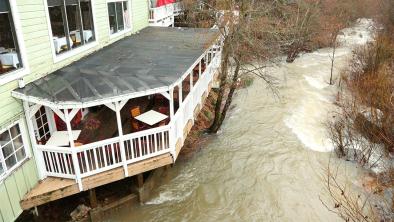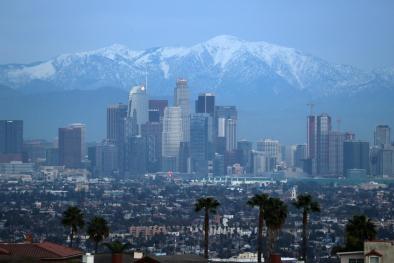Science Source
Monitoring and Understanding Trends in Extreme Storms
- Examines a specific subset of extreme weather and climate types affecting the United States
- States that changes in the frequency of environments favorable for severe thunderstorms have not been statistically significant overall
- Holds that for extreme precipitation, there is strong evidence for a nationally averaged upward trend in the frequency and intensity of events
- States the causes of the observed trends have not been determined with certainty, although there is evidence that increasing atmospheric water vapor may be one factor
- Finds that robust detection of trends in Atlantic and western North Pacific tropical cyclone (TC) for hurricanes and typhoons activity is significantly constrained by data heterogeneity and deficient quantification of internal variability
- Finds that for severe snowstorms and ice storms, the number of severe regional snowstorms that occurred since 1960 was more than twice that of the preceding 60 years
Related Content
Headline

Feb 14, 2019 | The Weather Channel
California Rain Triggers Evacuations, Mudslides; Woman Rescued from Sausalito Home
Headline

Feb 14, 2019 | Reuters
Mudslide risk from California storm forces hundreds to evacuate
Headline

Feb 13, 2019 | San Francisco Chronicle
Heavy storms shuts down SFO flights, floods roadways across region
Headline

Feb 13, 2019 | LA Times
As atmospheric rivers pound California, here comes the season’s ‘biggest storm’


